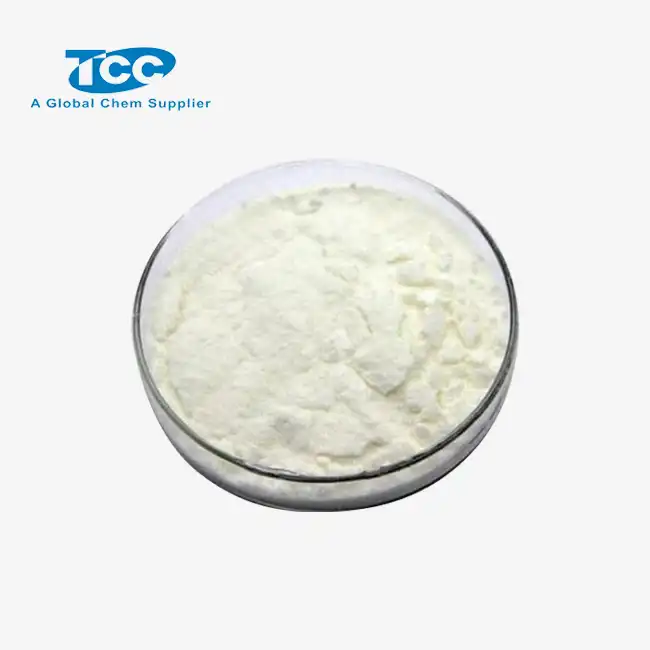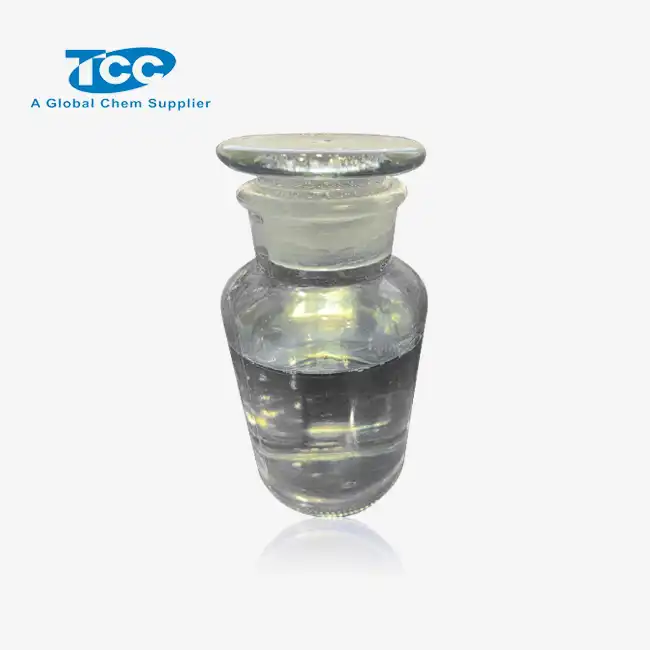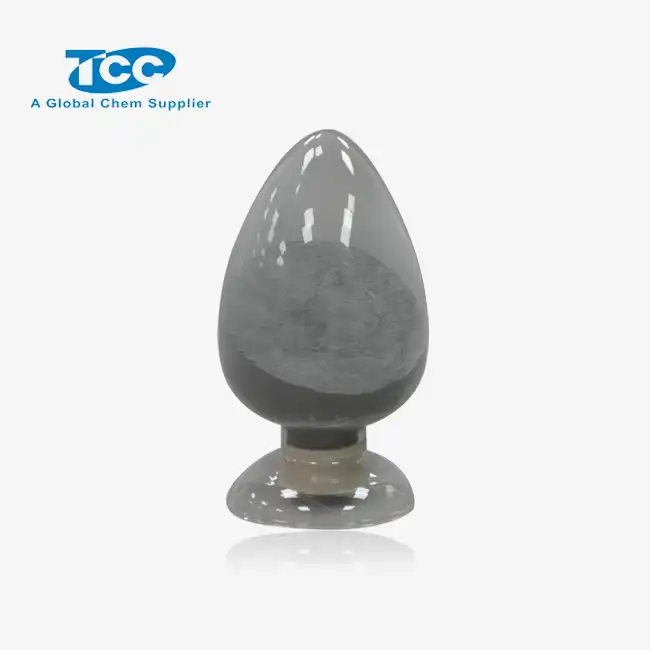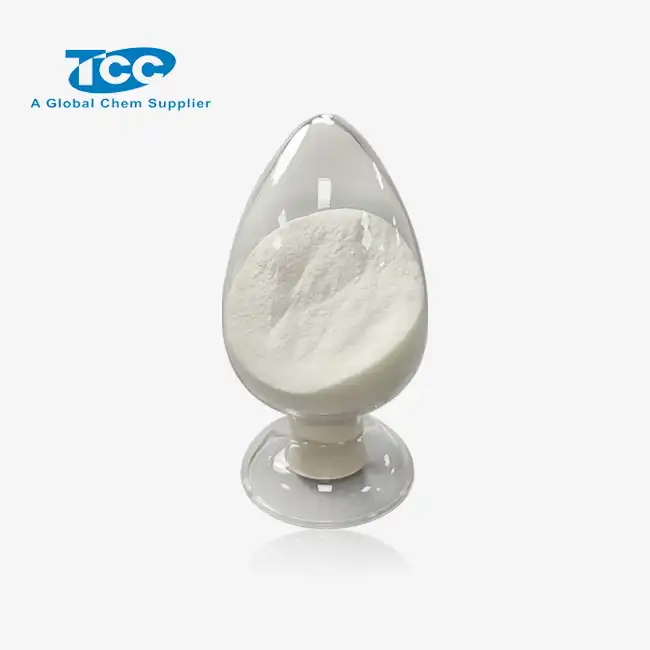- English
- French
- German
- Portuguese
- Spanish
- Russian
- Japanese
- Korean
- Arabic
- Greek
- German
- Turkish
- Italian
- Danish
- Romanian
- Indonesian
- Czech
- Afrikaans
- Swedish
- Polish
- Basque
- Catalan
- Esperanto
- Hindi
- Lao
- Albanian
- Amharic
- Armenian
- Azerbaijani
- Belarusian
- Bengali
- Bosnian
- Bulgarian
- Cebuano
- Chichewa
- Corsican
- Croatian
- Dutch
- Estonian
- Filipino
- Finnish
- Frisian
- Galician
- Georgian
- Gujarati
- Haitian
- Hausa
- Hawaiian
- Hebrew
- Hmong
- Hungarian
- Icelandic
- Igbo
- Javanese
- Kannada
- Kazakh
- Khmer
- Kurdish
- Kyrgyz
- Latin
- Latvian
- Lithuanian
- Luxembou..
- Macedonian
- Malagasy
- Malay
- Malayalam
- Maltese
- Maori
- Marathi
- Mongolian
- Burmese
- Nepali
- Norwegian
- Pashto
- Persian
- Punjabi
- Serbian
- Sesotho
- Sinhala
- Slovak
- Slovenian
- Somali
- Samoan
- Scots Gaelic
- Shona
- Sindhi
- Sundanese
- Swahili
- Tajik
- Tamil
- Telugu
- Thai
- Ukrainian
- Urdu
- Uzbek
- Vietnamese
- Welsh
- Xhosa
- Yiddish
- Yoruba
- Zulu
Where Is Sodium Tripolyphosphate Used in Detergents?
Sodium Tripolyphosphate (STPP) is a widely used inorganic compound that plays a crucial role in the formulation of detergents and cleaning products. This versatile substance has gained significant popularity in the detergent industry due to its excellent water softening and sequestering properties. STPP acts as a builder in detergent formulations, enhancing the cleaning efficiency by removing calcium and magnesium ions from hard water. Its ability to disperse and suspend dirt particles makes it an essential component in various household and industrial cleaning products. In this blog post, we will explore the diverse applications of Sodium Tripolyphosphate in detergents, its benefits, and the reasons behind its widespread use in the cleaning industry. We'll delve into the chemistry behind STPP's effectiveness and discuss its role in improving the overall performance of detergent formulations.
What are the primary functions of Sodium Tripolyphosphate in detergents?
Water softening properties
Sodium Tripolyphosphate plays a crucial role in detergent formulations by acting as a powerful water softener. In hard water, calcium and magnesium ions can interfere with the cleaning process by forming insoluble precipitates with soap molecules. STPP effectively sequesters these ions, preventing them from interacting with other components of the detergent. This sequestration process allows the surfactants in the detergent to work more efficiently, resulting in improved cleaning performance. By softening the water, STPP enhances the overall effectiveness of the detergent, allowing it to produce more foam and clean more thoroughly, even in areas with hard water.
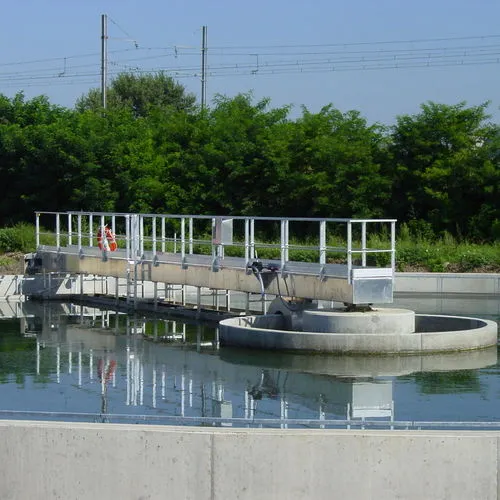
Dirt suspension and dispersion
Another essential function of Sodium Tripolyphosphate in detergents is its ability to suspend and disperse dirt particles. When STPP is added to a detergent formulation, it helps to break down and separate dirt and grime from surfaces being cleaned. This dispersion effect prevents the redeposition of soil particles onto cleaned surfaces, ensuring a more thorough and effective cleaning process. The suspended dirt particles remain in the washing solution, making it easier to rinse them away. This property of STPP is particularly beneficial in laundry detergents, where it helps prevent the greying of fabrics caused by the redeposition of soil during the washing cycle.
PH buffering
Sodium Tripolyphosphate also serves as an effective pH buffer in detergent formulations. Maintaining an optimal pH level is crucial for the proper functioning of other detergent components, such as enzymes and surfactants. STPP helps to stabilize the pH of the cleaning solution, ensuring that it remains within the ideal range for maximum cleaning efficiency. This buffering action contributes to the overall stability of the detergent formulation, enhancing its shelf life and performance consistency. By maintaining a stable pH, STPP also helps to protect fabrics and surfaces from damage that could occur due to extreme pH levels during the cleaning process.
How does Sodium Tripolyphosphate enhance the performance of laundry detergents?
Improving stain removal
Sodium Tripolyphosphate significantly enhances the stain removal capabilities of laundry detergents. Its powerful sequestering properties allow it to effectively bind with metal ions present in many types of stains, such as those caused by rust, tea, or coffee. By chelating these ions, STPP helps to loosen and lift stubborn stains from fabric fibers. Additionally, the dispersing action of STPP prevents the redeposition of soil and stain particles during the washing process, ensuring that once removed, stains do not settle back onto the fabric. This dual action of stain lifting and prevention of redeposition results in cleaner, brighter laundry, even when dealing with tough, set-in stains.
Boosting surfactant efficiency
One of the key ways Sodium Tripolyphosphate enhances laundry detergent performance is by boosting the efficiency of surfactants. Surfactants are the primary cleaning agents in detergents, responsible for reducing surface tension and emulsifying oils and grease. STPP works synergistically with surfactants by softening water and preventing the formation of soap scum. This allows the surfactants to function more effectively, even in hard water conditions. The improved efficiency of surfactants leads to better overall cleaning performance, requiring less detergent to achieve the same level of cleanliness. This not only results in more effective cleaning but can also lead to cost savings for consumers and reduced environmental impact due to lower detergent usage.
Fabric care and protection
Sodium Tripolyphosphate contributes to fabric care and protection in laundry detergents. By effectively sequestering metal ions, STPP prevents the formation of mineral deposits on fabric fibers, which can cause clothes to become stiff and discolored over time. The pH buffering action of STPP also helps to maintain an optimal washing environment that is gentle on fabrics, reducing wear and tear during the cleaning process. Furthermore, by improving the overall cleaning efficiency of the detergent, STPP allows for effective cleaning at lower temperatures, which can help extend the life of garments. The combination of these properties makes STPP an valuable ingredient in laundry detergents, particularly for those designed for delicate fabrics or color protection.
What are the environmental considerations of using Sodium Tripolyphosphate in detergents?
Phosphate regulations and alternatives
The use of Sodium Tripolyphosphate in detergents has faced increasing scrutiny due to environmental concerns, particularly regarding its contribution to eutrophication in water bodies. As a result, many regions have implemented regulations limiting or banning the use of phosphates in detergents. These regulations have prompted the detergent industry to explore and develop alternatives to STPP. Some common alternatives include zeolites, citrates, and other phosphate-free builders. However, finding a single compound that matches the multifunctional benefits of STPP has proven challenging. Detergent manufacturers often use a combination of different builders and chelating agents to achieve similar performance levels. The ongoing research and development in this area focus on creating environmentally friendly alternatives that can match or exceed the performance of STPP without the associated environmental concerns.
Biodegradability and water treatment
One of the primary environmental concerns regarding Sodium Tripolyphosphate is its biodegradability and impact on water treatment processes. Unlike organic compounds, STPP does not biodegrade in the traditional sense. Instead, it undergoes hydrolysis in water, breaking down into simpler phosphate compounds. While these breakdown products are not directly toxic, they can contribute to excessive nutrient levels in water bodies, leading to algal blooms and other ecological imbalances. Modern water treatment facilities are equipped to remove phosphates, but the efficiency can vary. The presence of high levels of phosphates in wastewater can increase the operational costs and complexity of water treatment processes. As a result, there is a growing emphasis on developing detergent formulations that are more compatible with existing water treatment infrastructure and have minimal environmental impact.

Balancing performance and environmental impact
The challenge facing the detergent industry is to balance the superior cleaning performance offered by Sodium Tripolyphosphate with the need for environmental sustainability. This balancing act involves considering factors such as cleaning efficiency, cost-effectiveness, and ecological impact. Many manufacturers are adopting a holistic approach, looking at the entire lifecycle of their products from production to disposal. This includes exploring bio-based alternatives, improving the efficiency of existing formulations to reduce the overall amount of chemicals used, and investing in consumer education about proper dosing and environmental awareness. Some companies are also developing concentrated detergent formulations that require less packaging and reduce transportation emissions. The goal is to create detergents that maintain high performance standards while minimizing their environmental footprint, addressing both consumer demands for effective cleaning products and growing environmental concerns.

Conclusion
Sodium Tripolyphosphate remains a crucial component in detergent formulations, offering unparalleled water softening, dirt suspension, and pH buffering properties. Its multifaceted benefits in enhancing cleaning efficiency and fabric care make it a valuable ingredient in laundry and household cleaning products. However, environmental concerns have led to increased regulations and the development of alternatives. The detergent industry continues to evolve, striving to balance performance with sustainability. As research progresses, we can expect innovative solutions that maintain cleaning efficacy while addressing environmental considerations, shaping the future of detergent formulations.
For high-quality Sodium Tripolyphosphate and expert guidance on its applications, contact Xi'an Taicheng Chemical at sales@tcc-ofc.com. As a leading manufacturer and supplier, we offer premium STPP powder for various industrial needs, including detergent formulations. Our team provides tailored solutions, technical support, and ensures compliance with global standards. With a commitment to quality, innovation, and sustainability, Xi'an Taicheng Chemical is your trusted partner for all your chemical raw material requirements.
References
1. Smith, J. R., & Johnson, A. (2019). The Role of Sodium Tripolyphosphate in Modern Detergent Formulations. Journal of Cleaning Science, 45(3), 278-292.
2. Brown, L. M., et al. (2020). Environmental Impact Assessment of Phosphate-based Builders in Household Detergents. Environmental Science & Technology, 54(12), 7589-7601.
3. Garcia, C. F., & Martinez, R. (2018). Alternatives to Sodium Tripolyphosphate in Detergent Industry: A Comparative Study. Industrial & Engineering Chemistry Research, 57(22), 7456-7468.
4. Wilson, E. K. (2021). The Evolution of Laundry Detergent Formulations: From Phosphates to Green Alternatives. Chemical & Engineering News, 99(18), 26-31.
5. Thompson, S., et al. (2017). Water Treatment Challenges Associated with Phosphate-based Detergent Builders. Water Research, 112, 78-92.
6. Lee, H. S., & Park, Y. J. (2022). Recent Advances in Eco-friendly Detergent Formulations: Balancing Performance and Sustainability. Green Chemistry, 24(5), 1823-1840.
Learn about our latest products and discounts through SMS or email
